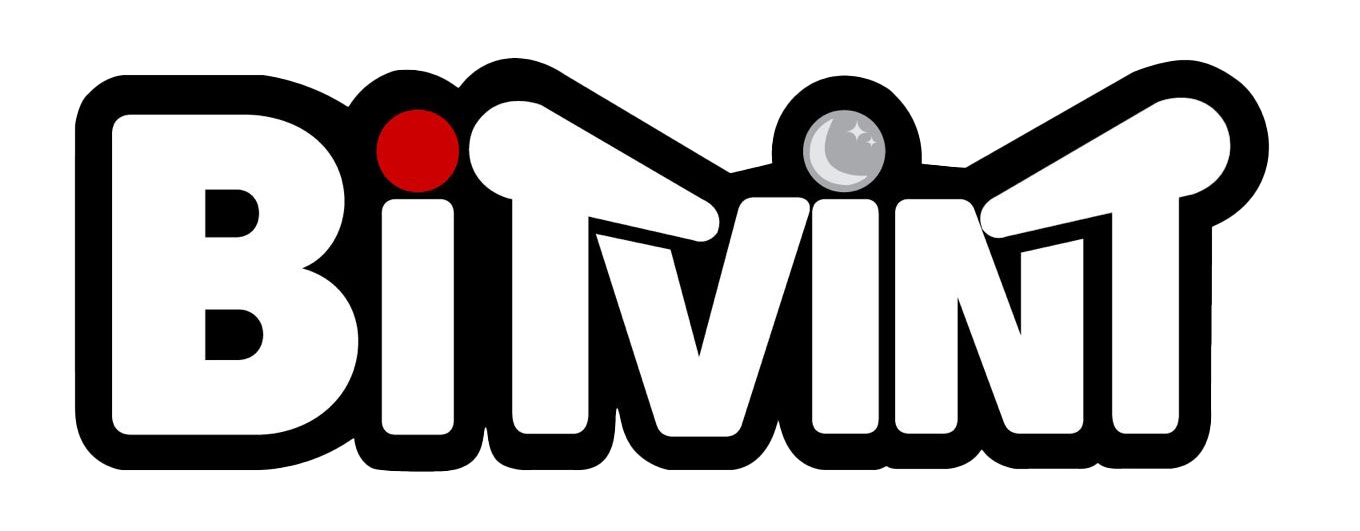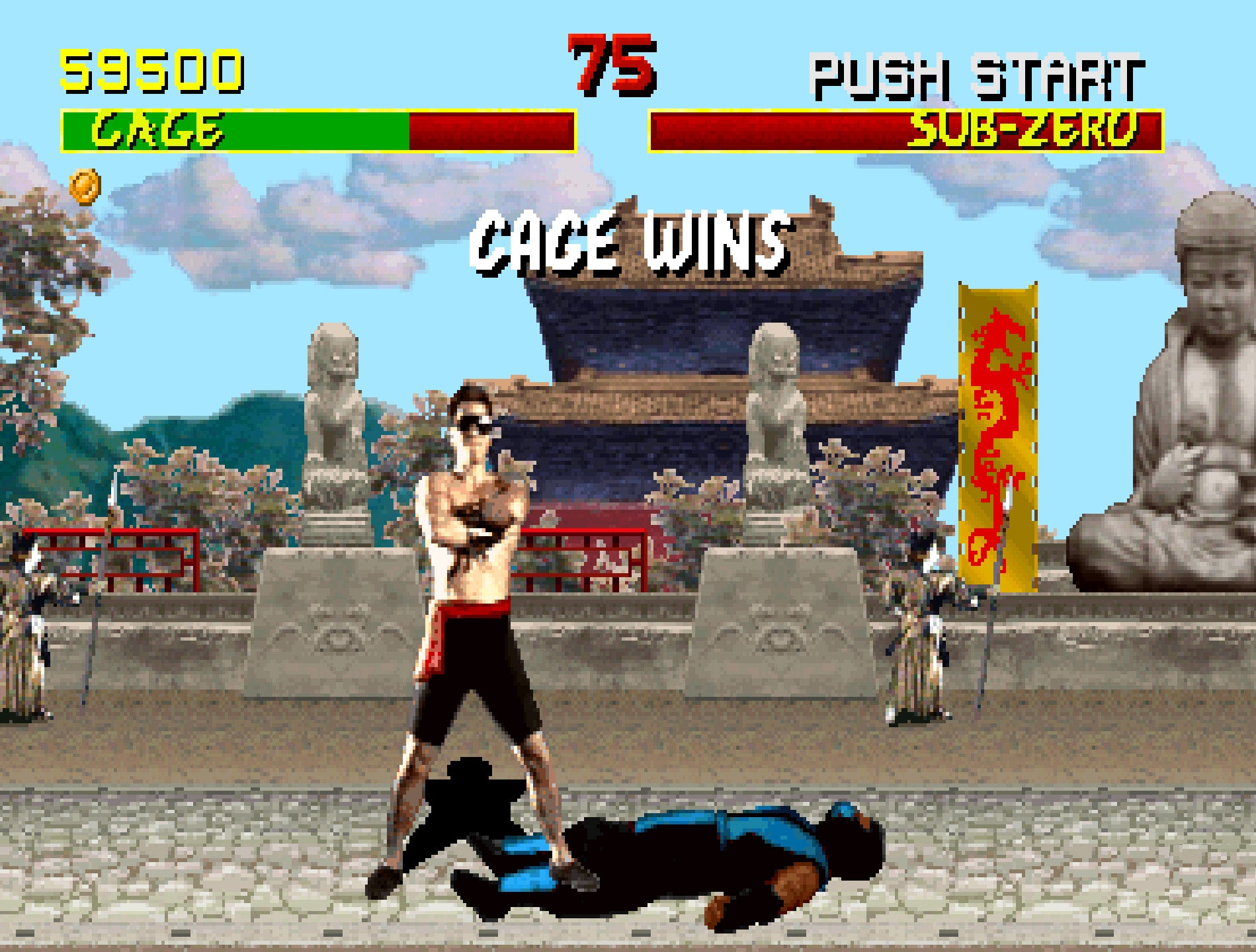Introduction
When Mortal Kombat hit arcades in 1992, it didn’t just introduce a new fighting game; it redefined the genre with its groundbreaking digitized graphics, iconic characters, and infamous “Fatalities.” Developed by Midway, Mortal Kombat became a cultural phenomenon, sparking debates, inspiring sequels, and leaving an indelible mark on the gaming industry.
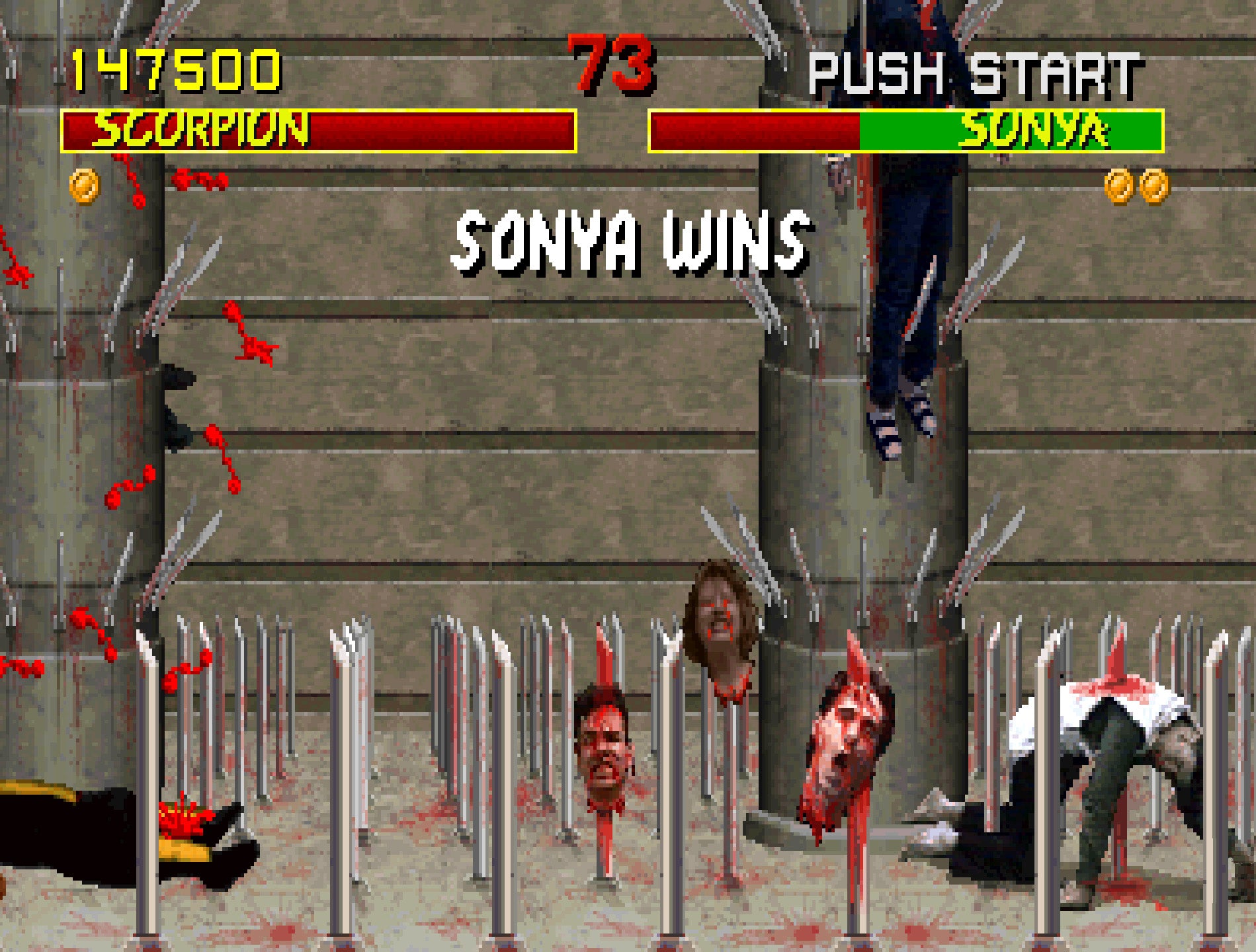
Development and History
- Developer: Midway Games
- Publisher: Midway Games
- Release Date: October 8, 1992
Midway initially envisioned Mortal Kombat as a martial arts game starring Jean-Claude Van Damme. When licensing fell through, creators Ed Boon and John Tobias developed their own concept. Inspired by kung fu movies and mythology, Mortal Kombat combined fast-paced combat with a dark, gritty aesthetic. The use of digitized actors gave the game a realistic appearance, while the over-the-top violence set it apart from its contemporaries.

Mortal Kombat Gameplay Video
Gameplay and Mechanics
Core Features
- Character Roster: Players could choose from seven fighters, including Scorpion, Sub-Zero, and Raiden, each with unique moves and backstories.
- Combat System: Simple yet strategic, the game featured high and low attacks, blocks, and special moves, allowing for a variety of play styles.
- Fatalities: Each character had a signature finishing move, ranging from Sub-Zero’s spine rip to Scorpion’s fiery takedown, which added a shocking layer of excitement.
Innovations
- Digitized Graphics: The game used live-action actors for character animations, creating a level of realism never seen before in arcade games.
- Violence as a Selling Point: Mortal Kombat embraced gore and brutality, attracting attention (and controversy) for its explicit content.
- Challenge Ladder: The single-player mode presented players with progressively tougher opponents, culminating in battles against bosses Goro and Shang Tsung.
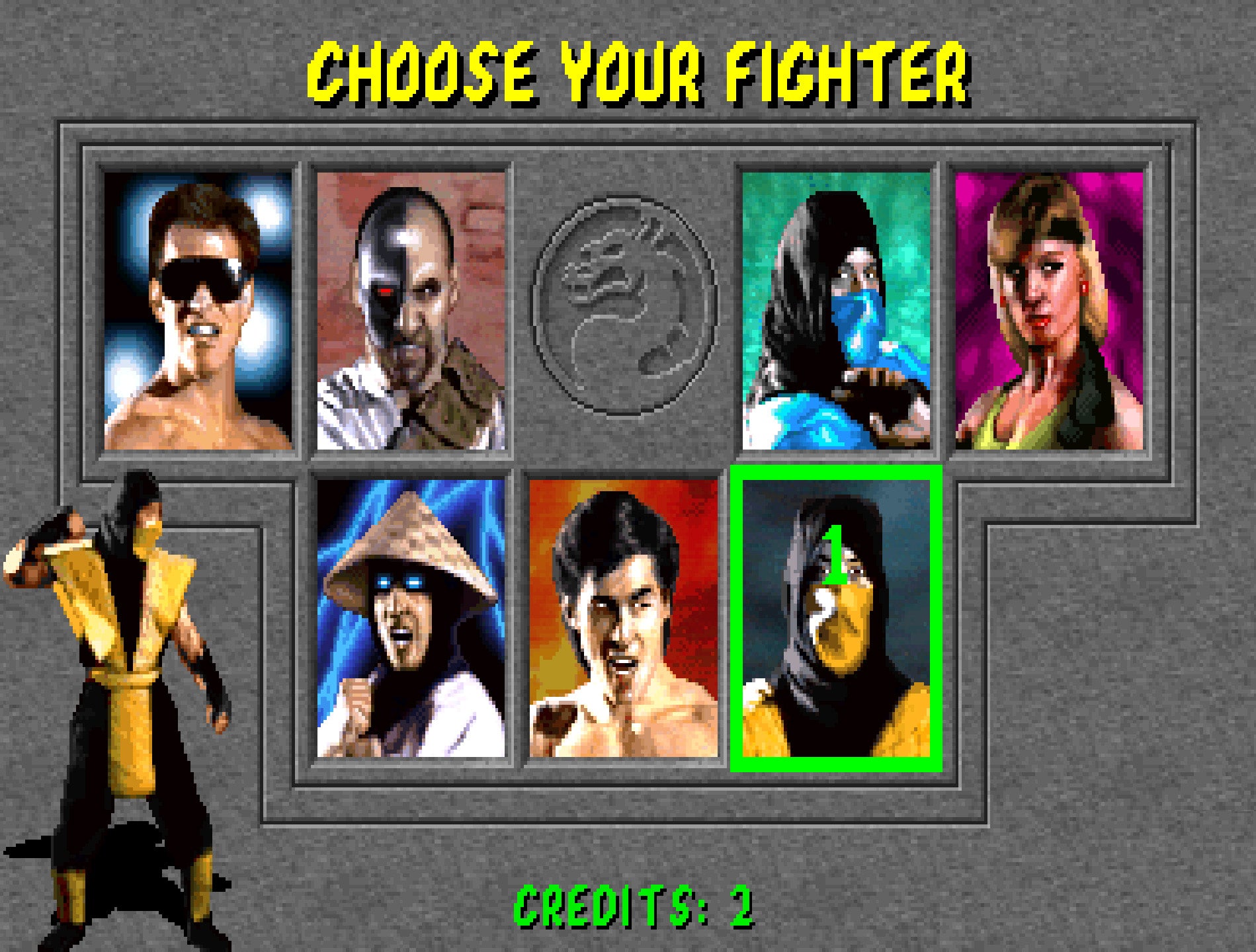
Cultural Impact and Legacy
Mortal Kombat changed the gaming industry in profound ways:
- Creation of the ESRB: The game’s violence led to congressional hearings and the establishment of the Entertainment Software Rating Board (ESRB) to regulate video game content.
- Crossover Appeal: Mortal Kombat became a multimedia franchise, spawning movies, TV shows, comics, and merchandise.
- Competitive Scene: Its balanced mechanics and iconic characters made it a staple of arcade tournaments and modern esports events.
- Global Fame: Characters like Sub-Zero and Scorpion became pop culture icons, representing the franchise’s gritty style and appeal.
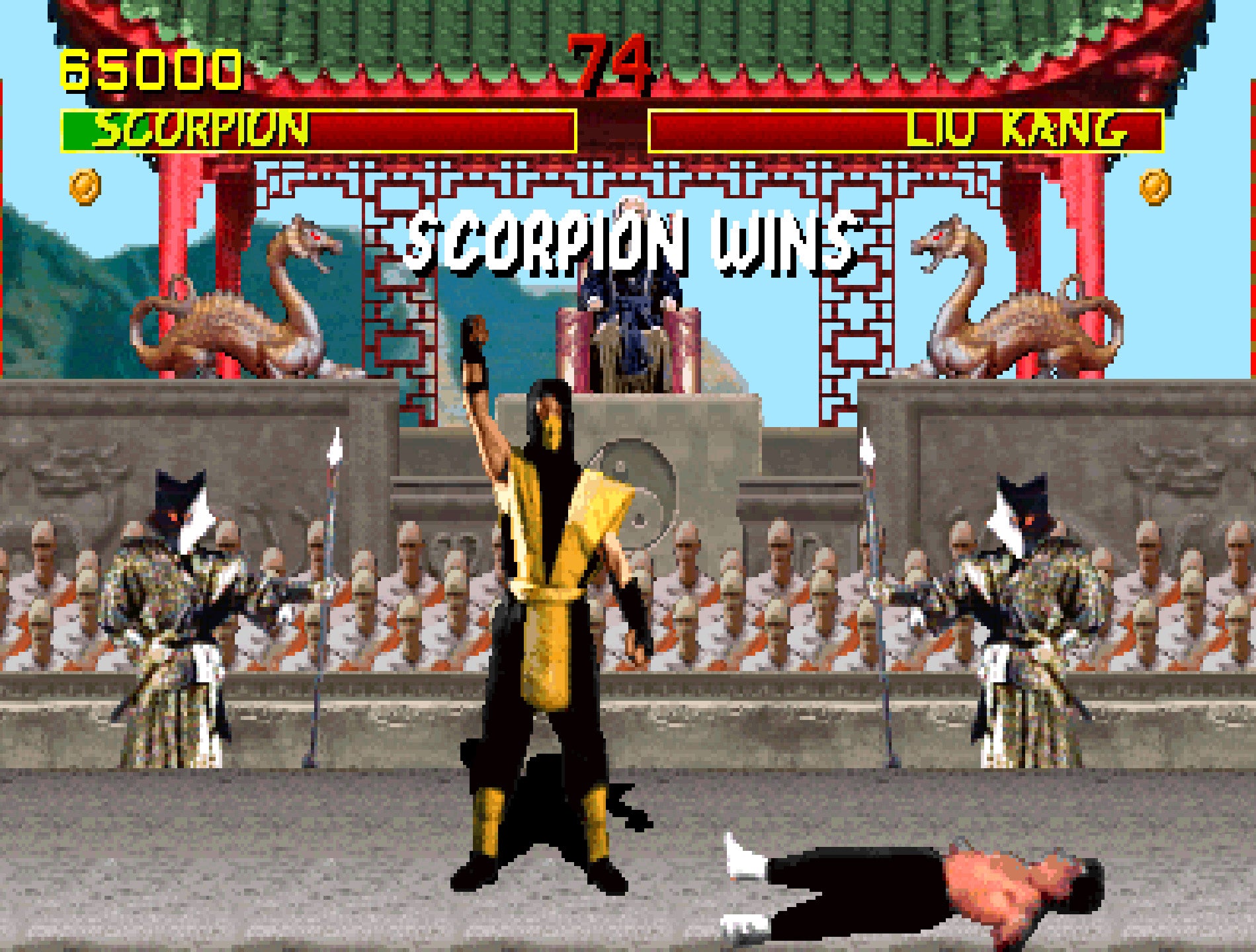
Fun Facts
- Hidden Character: Reptile was the first secret character in Mortal Kombat history, setting a trend for future games.
- Voice Clips: The announcer’s phrases like “Finish Him!” and “Flawless Victory” became synonymous with gaming culture.
- Realism Revolution: The game’s digitized graphics were a key selling point, distinguishing it from competitors like Street Fighter II.
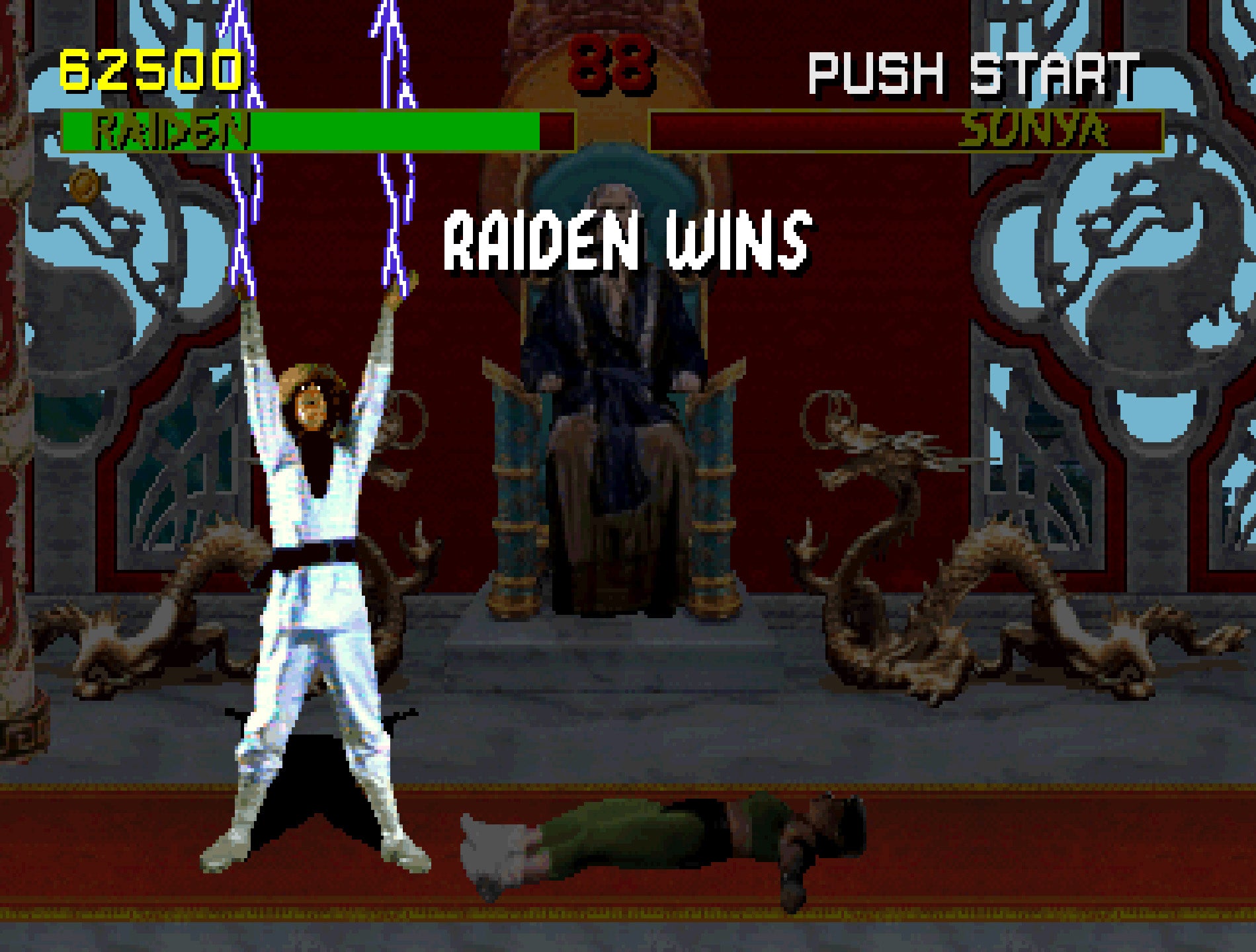
Conclusion
Mortal Kombat was more than just a fighting game; it was a cultural phenomenon that shaped the industry. From its controversial beginnings to its ongoing legacy, the game proved that bold ideas could capture imaginations and redefine entertainment. Whether you’re a longtime fan or new to the series, the original Mortal Kombat remains a must-play for its innovation and impact.
Related Pages
- Street Fighter II: Discover the game that defined competitive 2D fighters.
- Tekken: Explore the 3D fighting revolution that Tekken brought to arcades.
